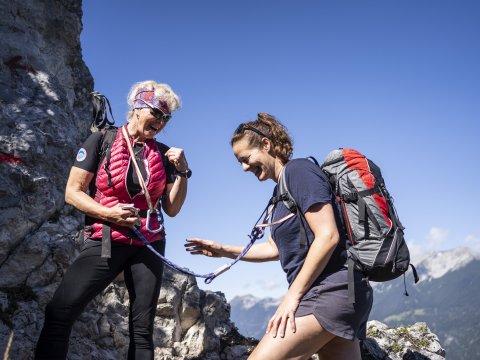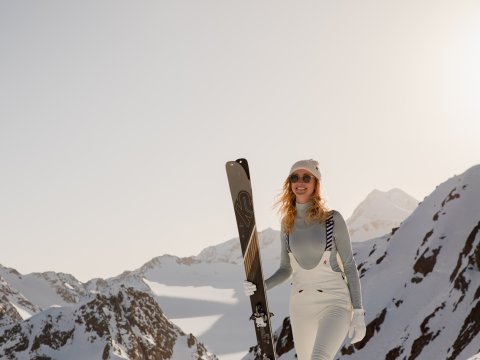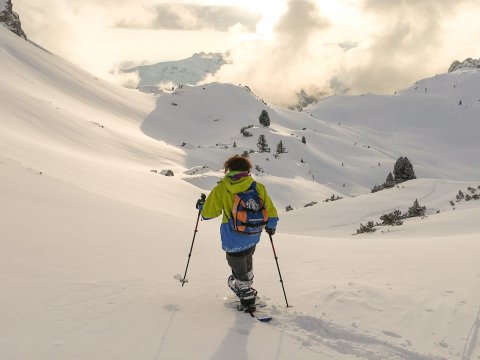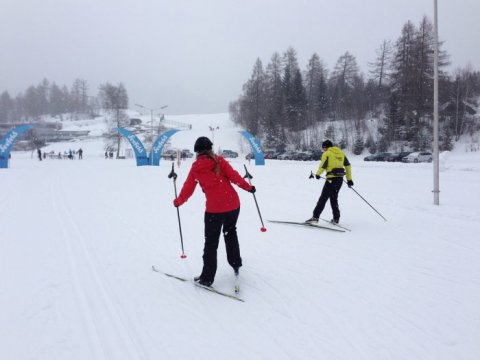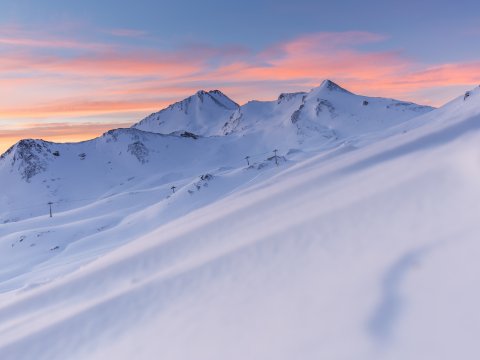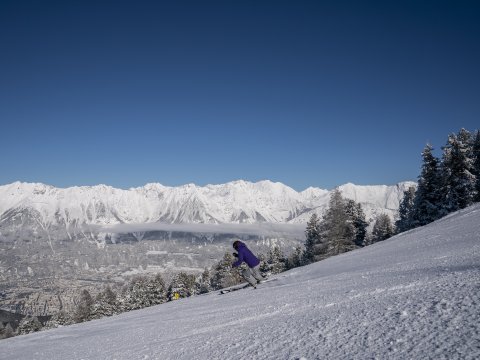Trail Running Myths: The Truth Revealed
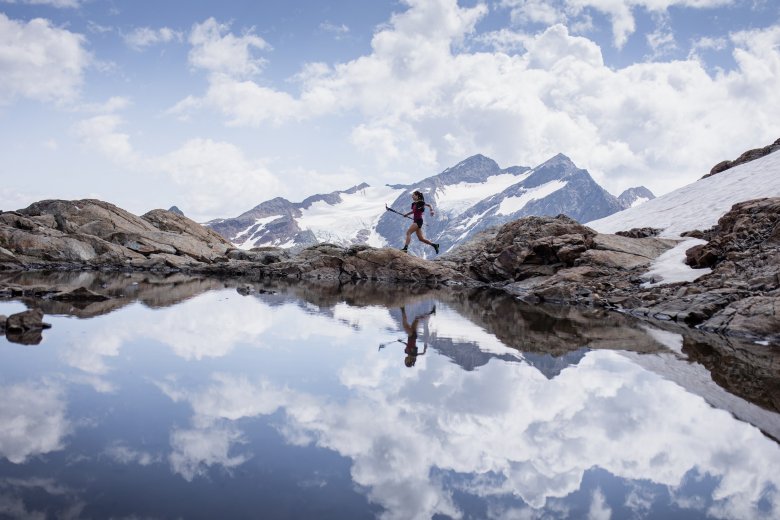
We’ve all made ambitious New Year’s resolutions before, haven’t we? Eating more healthily, cycling to work more often or trying a new sport? And yes, there are always a zillion reasons why we don’t get to work on a certain habit after all. Maybe it’s too expensive, too difficult or too time consuming. Of course, you could think of many excuses to not get started with trail running. It’s high time to change that.
But first of all, let’s get the most important question out of the way: What exactly is trail running? Even though jogging and trail running share many characteristics, not all running activities are the same. The main difference between the two sports is the terrain because – as the name suggests –trail running involves trails. “We run along trails, up climbs and down narrow forest paths instead of on paved roads,” explains Anna Holzer, an aspiring physiotherapist from Seefeld (Austria). Anna spent a lot of time during her childhood in the mountains and is a keen trail runner. What makes this sport so appealing to her? She’ll unveil that later on, but in the meantime, let’s tackle the excuses and the truth behind some of the trail running myths.
Myth number 1: Trail running always involves running up a steep hill.
A trail can be steep, really steep, but it doesn’t have to be. There are plenty of routes out there with hardly any altitude gain. “You can find great trails not only in alpine areas but also in the forest or in the fields,” says Anna. But most of the routes are slightly hilly. Because of the changing terrain, you hardly notice that you are running up and down, though. “Roots, stones, steps and puddles – you’re always reacting to the rapidly changing conditions, so you hardly notice the climb.” You’ll be pleasantly surprised by how much progress you’ve made after just one outing when you look at the data on your sports watch.
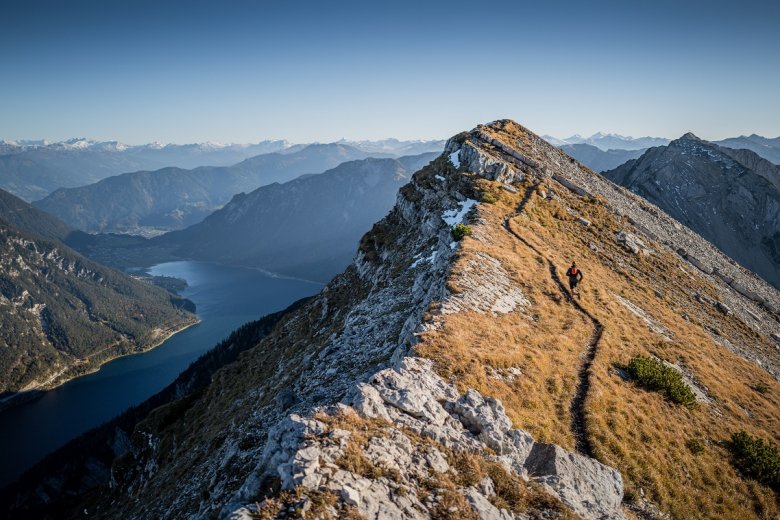
If you love a challenge, you can always find steep routes. Anna, for example, loves the alpine landscape. What’s her favourite route? The trail up to the Reither Spitze mountain peak by Seefeld. “Here you’ll find everything that makes trail running so amazing! This trail is a great mixture of forest paths, steep stretches and ridge passages. Once you’ve arrived at the top, you’ll be able to enjoy the feeling of freedom and the peace and quiet as well as a magnificent view.”
Conclusion: Trails come in all shapes and sizes. If you’re searching for a steep route, you’ll find one with no problem. If you prefer gaining only a few metres in altitude, there’s an excellent choice of routes for you too. One thing all trails have in common is variety.
Myth Number 2: Trail running is more exhausting than normal running.
The beauty of trail running is that you can easily regulate the intensity of your run. If you prefer high intensity, you can choose steep and full-speed runs. If you prefer something more slow-paced, you can choose flatter trails. In addition, when you reach steeper parts of the trail, you’re allowed to simply walk without feeling guilty. That’s something that’s frowned upon in the jogging world. “The tempo is dictated by the terrain conditions. Of course, walking is allowed. I always walk for some stretches on my trail outings,” Anna clarifies.
The variable terrain and the small obstacles along the way represent a bigger challenge for body and mind than just running on paved roads. And that’s a positive characteristic of trail running. Your balance and coordination as well as core strength will increase immensely. With the right technique, trail running can actually be gentler on your joints than jogging. And the challenge of always having to concentrate and adapt is great training for your mind.
Conclusion: Trail running can be as exhausting as we want it to be. Walking is allowed and sometimes even recommended. The challenge of the changing terrain is part of the appeal of this sport.

Myth Number 3: Trail running is only for more experienced runners.
If you want to go freeriding in deep snow, you should, first of all, know how to ski. The same is true if you want to go downhill biking. You should really be quite an expert at riding a bike first. Does this principle also apply to trail running, Anna? “It’s not a disadvantage if you’ve already been for a run before. That means you don’t have to focus on technique so much. But it’s not a must. Trail running is also suitable for complete running beginners,” Anna explains. She recommends getting a coach only if you want to take a more professional approach. Otherwise, just get out there and try it for yourself, listen to your body and above all have fun.
In the beginning, you should go for easier flat trails. Choosing a few simple routes you can manage without a problem will boost your motivation. Forget about your sports watch in the beginning. “You’re allowed to stop, stand still and enjoy nature for a moment, instead of just focusing on your timing and your heart rate. That’s how you’ll make the best progress,” Anna advises.
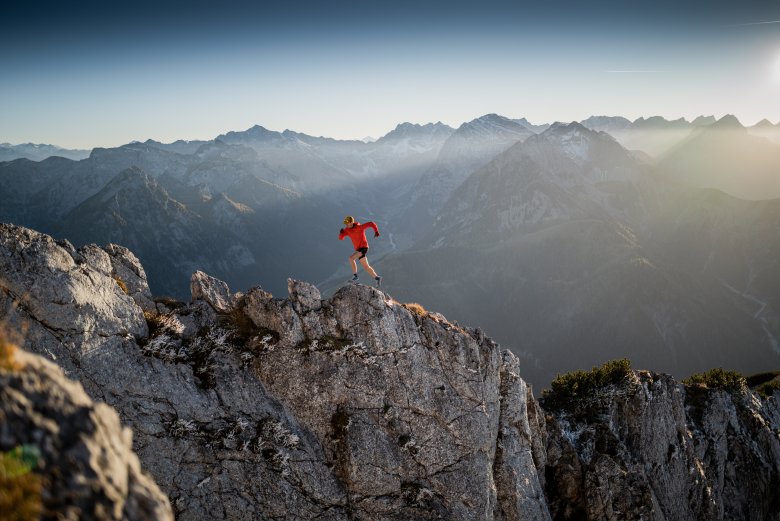
At the same time, trail running is perfect for more experienced runners too. If you want to escape monotony, you’ll find new and exciting experiences while trail running. You’ll jump over roots and little creeks, meet deer and hares in the forest and enjoy being all on your own at the top of a summit.
Conclusion: Your level of expertise as a runner doesn’t matter. You’ll find trail running a fun sport even as a beginner. Guaranteed.
Myth Number 4: You’ll need a whole lot of new equipment for trail running.
Anna owns four pairs of trail running shoes. Do you really need so many? “Of course not! If you want to do it more professionally, you’ll need a few pairs. But you only need one pair to get started.” The right pair of shoes is an important and worthwhile investment. Once you have them, you’ll run many kilometres in them. When choosing a trail running shoe, you’ll want to consider stability, traction and breathability, as well as a comfortable fit. As a future physiotherapist, this is an especially important topic for Anna: “The right pair of shoes is decisive for the muscles in your feet and their overall health.”
What else? “When I leave the house, I also carry a small trail running backpack with a thin raincoat, a cereal bar and a water bottle inside. And my sports watch will be on my wrist.” But you don’t need all of this equipment for your first run because as you progress into a more advanced runner and take on longer routes, you’ll gather the right equipment along the way. Maybe you’ll also get a good pair of trail running poles. “It’s a matter of personal preference. When it’s quite steep, they’ll take some pressure off your legs. I find that helps.” Most poles can be folded up and carried in your trail running backpack, which is convenient when the trail is flat or when you might need your hands to climb up a mountain.
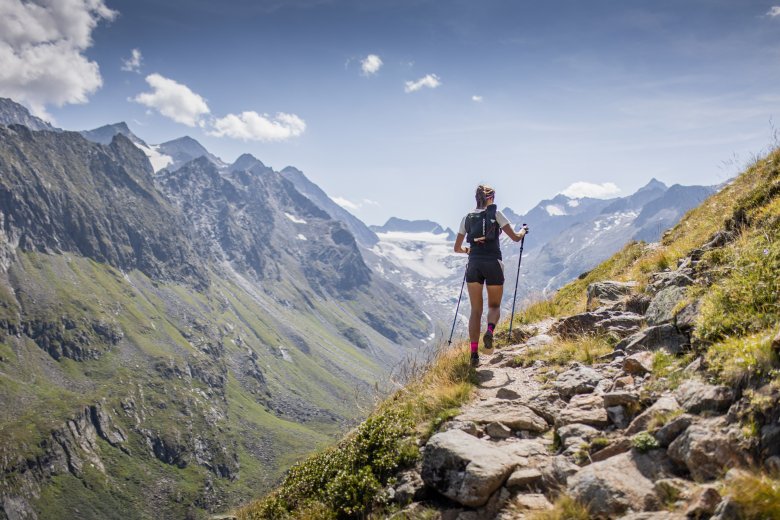
Conclusion: You can’t do without the right pair of trail running shoes. With an investment of between 100 and 150 euros, you’ll be good to go. Other gadgets aren’t essential in the beginning.
Myth Number 5: Trail running is time consuming and you have to drive somewhere first.
“After a long day at work, I often put my running shoes on and power up for a quick half-hour run in the evening,” Anna explains. “Trail running is so much simpler than any other sport.” Here in Tirol, you can go pretty much anywhere for a good trail run. You’ll find paths in the forest, through the fields and up in the mountains – stretches with all different difficulty grades and steepness. The next trail is often closer than you think. “You only need to step out of the house and open your eyes. Or you can also find inspiration on one of the many available route apps.” This also applies to those who live in the middle of the city or those who already know all the trails around their area – there are no more excuses. Simply hop on your bike and you’ll reach the beginning of a new trail in no time.
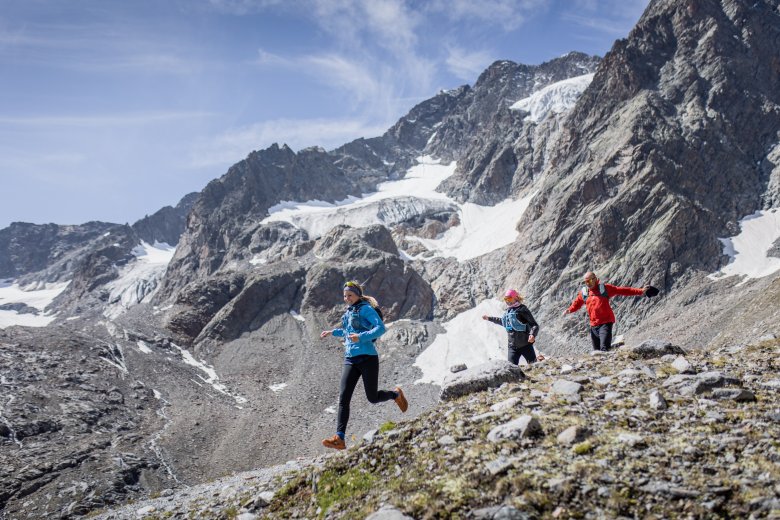
Don’t feel limited by the fact that you can start your run right on your doorstep. Take time to travel and discover the world through trail running, visit unfamiliar places or take part in trail running events, which are becoming more popular. “The Karwendel March is my favourite trail run. The scenery is so unique and the participants are so inspiring. From professional athletes to casual hikers, you’ll meet them all on the trail from Scharnitz to Pertisau on the shores of Achensee Lake,” says Anna.
Conclusion: If you want to travel for trail running, you should do it – either for a day out, holiday or event. But travelling far away is not a must. The next trail is closer than you think. Simply look outside and get going!
Can you think of any other excuses? If you’re still not convinced or not fully motivated, I have some final thoughts for you. Anna hasn’t answered all our questions yet. How did she get into trail running? And why does she find it so appealing? “I used to spend a lot of time in the mountains with my parents. I always wanted to conquer more summits and discover new paths. That’s when I realized that I could reach my goals much faster if I ran,” Anna describes with a grin. And what’s so special about it? “The sky’s the limit in trail running. It’s always possible to go higher, further and faster. This sport is so versatile and uncomplicated. You don’t need much and you’re flexible. I can challenge myself, run up the hill towards a peak and escape everyday life. Enjoying nature, freedom and peace – it doesn't get better than that.”











